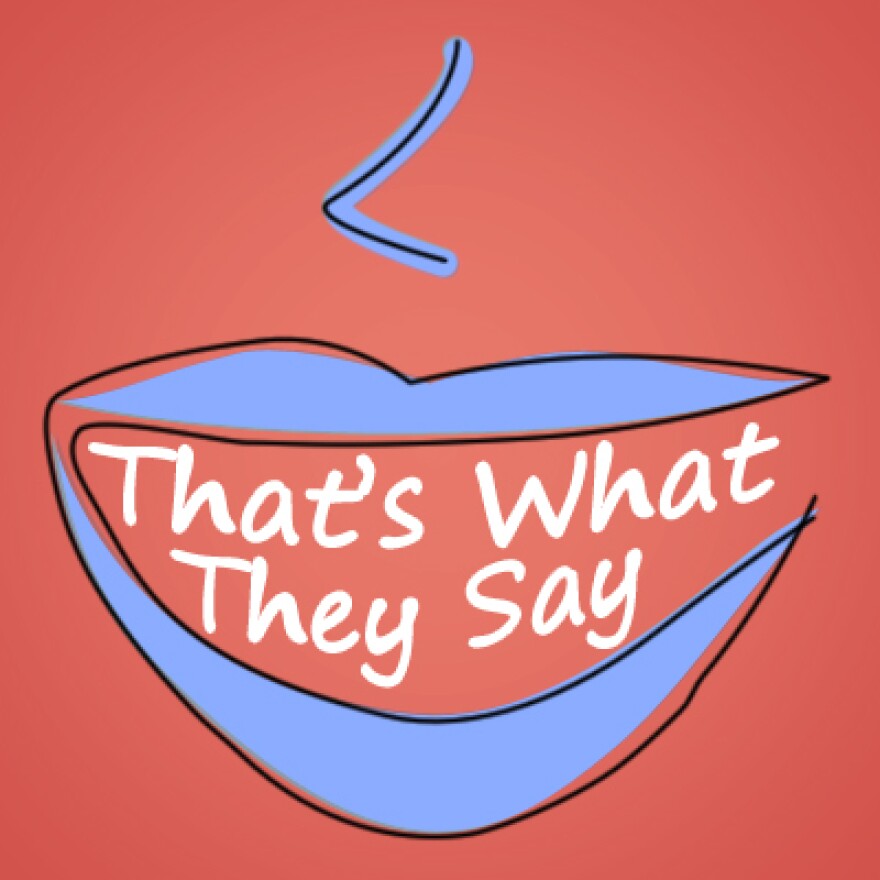Even when it comes to the most interesting conversations, there's usually a routine to how they start and how they end.
Think of how your conversations usually start. Generally, you don't just walk up to someone or call them on the phone and immediately start talking about something specific.
You usually say something like "hello" or "hey" or "what's up?" to get things going. Sometimes you might even make your opener a question like, "Hi, how are you?"
Most of the time "how are you?" is simply a routine opener, and the other person is expected to answer in a routine way: "I'm good, how are you?" The conversation is then tossed back to the first person who can say "Pretty good," and proceed with what they actually want to talk about.
If someone disrupts the "how are you?" routine, the conversation might be derailed. For instance, instead of a routine response, the second person might say, "Well, actually, I got some pretty bad news today." At that point, the conversation turns into a discussion of whatever the bad news was instead of what the first person wanted to talk about.
A derailment is not necessarily a bad thing, but it does show how "how are you?" is usually just part of the routine and not an actual inquiry into someone's well-being.
Once you get through the opening routine and the rest of your conversation, you have to find a way to wrap things up. This process has been described as "a negotiation to silence." In other words, you have to get to the point where everyone can stop talking.
It seems like if you want to end a conversation, you should just be able to say, "Okay, I'm out," and be done with it. But that's not what we do. We usually start with some kind of pre-closing, something like "Well, I should get going." Then the other person says something like "Yeah, it's getting kind of late."
At that point, there's a typically a game of ping pong in which the two of you bat the conversation back and forth, saying things like "yep" and "okay" and "all right." Eventually, someone says something like, "I'll see you later," and then the conversation officially comes to an end.
This is the kind of thing we do all the time without even realizing it. But why do it at all?
More often than not, the point of the closing routine is to make sure everyone is finished talking. The “yeps” and “okays” and “all rights” establish that you're getting ready to close. If a participant in the conversation still has something to say, this routine creates a space for them to do so.
Of course, there are some people who skip the routine altogether and jump right to, "Okay, bye." Do you mind going through the routine or would you rather just cut off the conversation when you're done?
_





